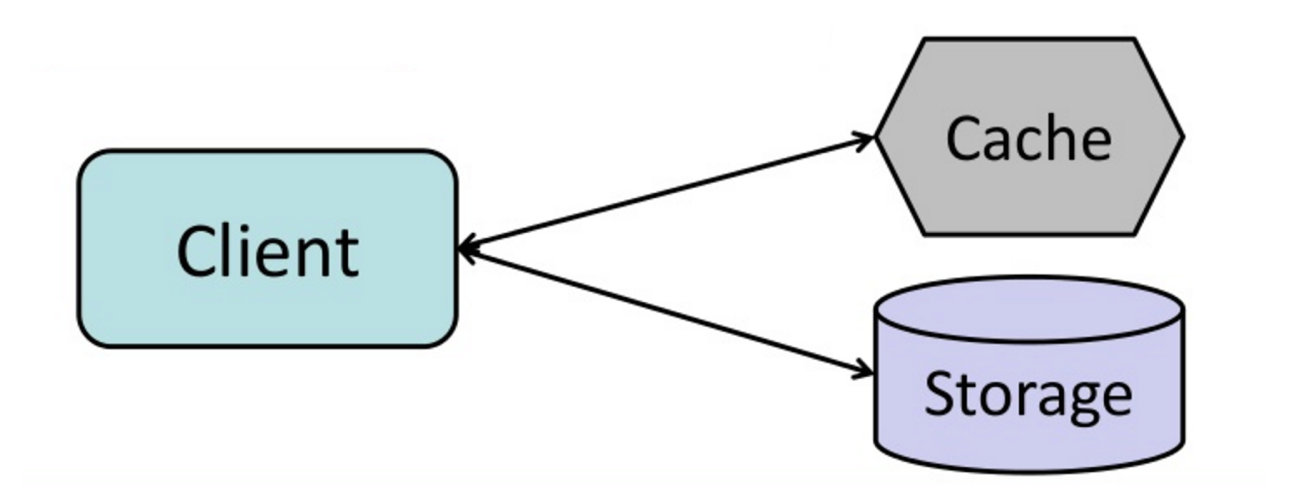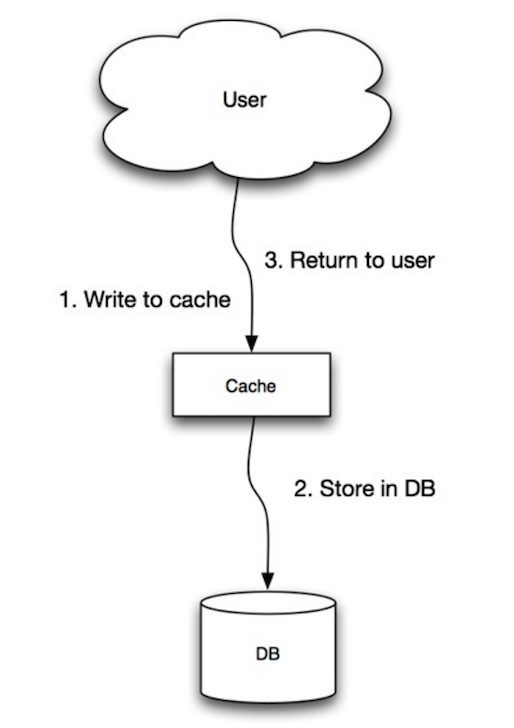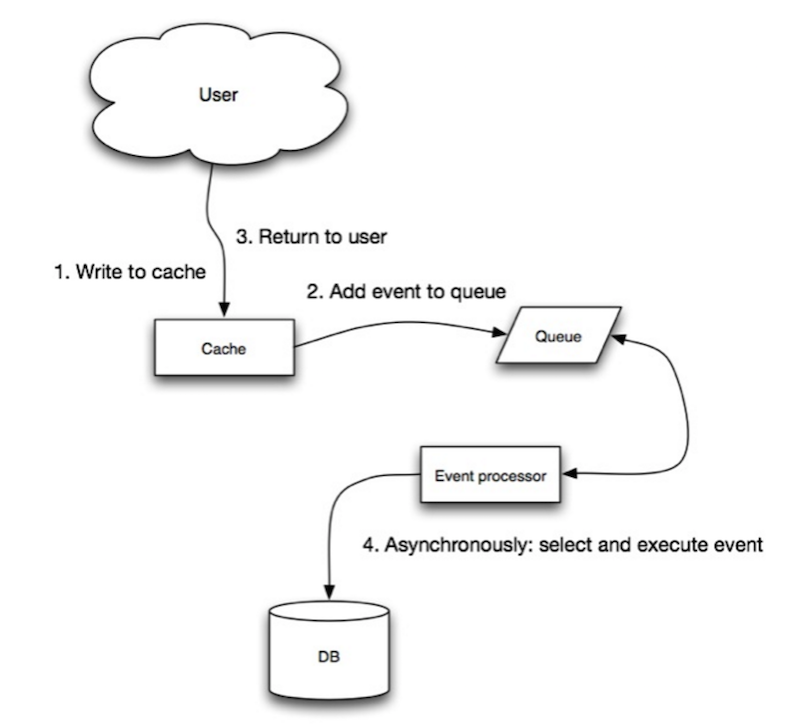Cache
Caching Strategies - "How and When You Cache"
Caching Strategies
Since you can only store a limited amount of data in cache, you’ll need to determine which cache update strategy works best for your use case.🟡 Focus: Application-level interaction with cache
| Strategy | Description | Example Use Case |
|---|---|---|
| Cache-aside (Lazy Loading) | App checks cache first. If a miss, it loads from DB and inserts into cache. | Read-heavy systems like user profile lookups |
| Write-through | Writes go to cache and DB at the same time. | Product catalog where consistency is important |
| Write-behind (Write-back) | Writes go to cache, and are written to DB asynchronously. | Metrics/log data ingestion |
| Read-through | Cache itself knows how to fetch from DB on a miss. | Abstracted cache layers (e.g., using a cache proxy) |
| Refresh-ahead | Cache preemptively refreshes soon-to-expire keys. | Time-sensitive data like exchange rates |
Cache-Aside

- Look for entry in the cache, resulting in a cache miss
- Load entry from the database
- Add entry to cache
- Return entry
Memcached is generally used in this manner.
Subsequent reads of data added to cache are fast. Cache-aside is also referred to as lazy loading. Only requested data
is cached, which avoids filling up the cache with data that isn’t requested.
Disadvantage(s): cache-aside
Each cache miss results in three trips, which can cause a noticeable delay.
Data can become stale if it is updated in the database. This issue is mitigated by setting a time-to-live (TTL) which
forces an update of the cache entry, or by using write-through.
When a node fails, it is replaced by a new, empty node, increasing latency.
Write-Through

- Application adds/updates entry in cache
- Cache synchronously writes entry to data store
- Return
Application code
Cache code:
- When a new node is created due to failure or scaling, the new node will not cache entries until the entry is updated in the database. Cache-aside in conjunction with write through can mitigate this issue.
- Most data written might never be read, which can be minimized with a TTL.
Write-Behind (write-back)

- Add/update entry in cache
- Asynchronously write entry to the data store, improving write performance
Refresh-ahead


